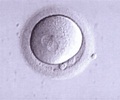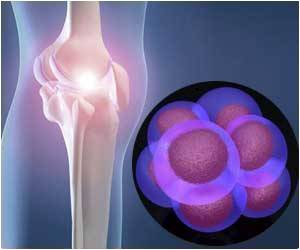A new hands-free ultrasound device combined with a clot-busting drug was found to be safe for ischemic stroke patients, reveals research.

The device, which uses UTHealth technology licensed to Cerevast Therapeutics, Inc., is placed on the stroke patient's head and delivers ultrasound to enhance the effectiveness of the clot-busting drug tissue plasminogen activator (tPA). Unlike the traditional hand-held ultrasound probe that's aimed at a blood clot, the hands-free device used 18 separate probes and showers the deep areas of the brain where large blood clots cause severe strokes.
"Our goal is to open up more arteries in the brain and help stroke patients recover," said Barreto, an attending physician at Mischer Neuroscience Institute. "This technology would have a significant impact on patients, families and society if we could improve outcomes by another 10 percent or more by adding ultrasound to patients who've already received tPA."
In the first study of its kind, 20 moderately severe ischemic stroke patients (12 men and eight women, average age 63 years) received intravenous tPA up to 4.5 hours after symptoms occurred and two hours exposure to 2-MHz pulsed wave transcranial ultrasound.
Source-Eurekalert















